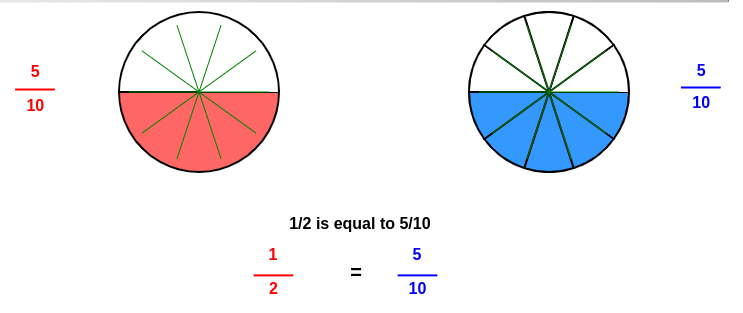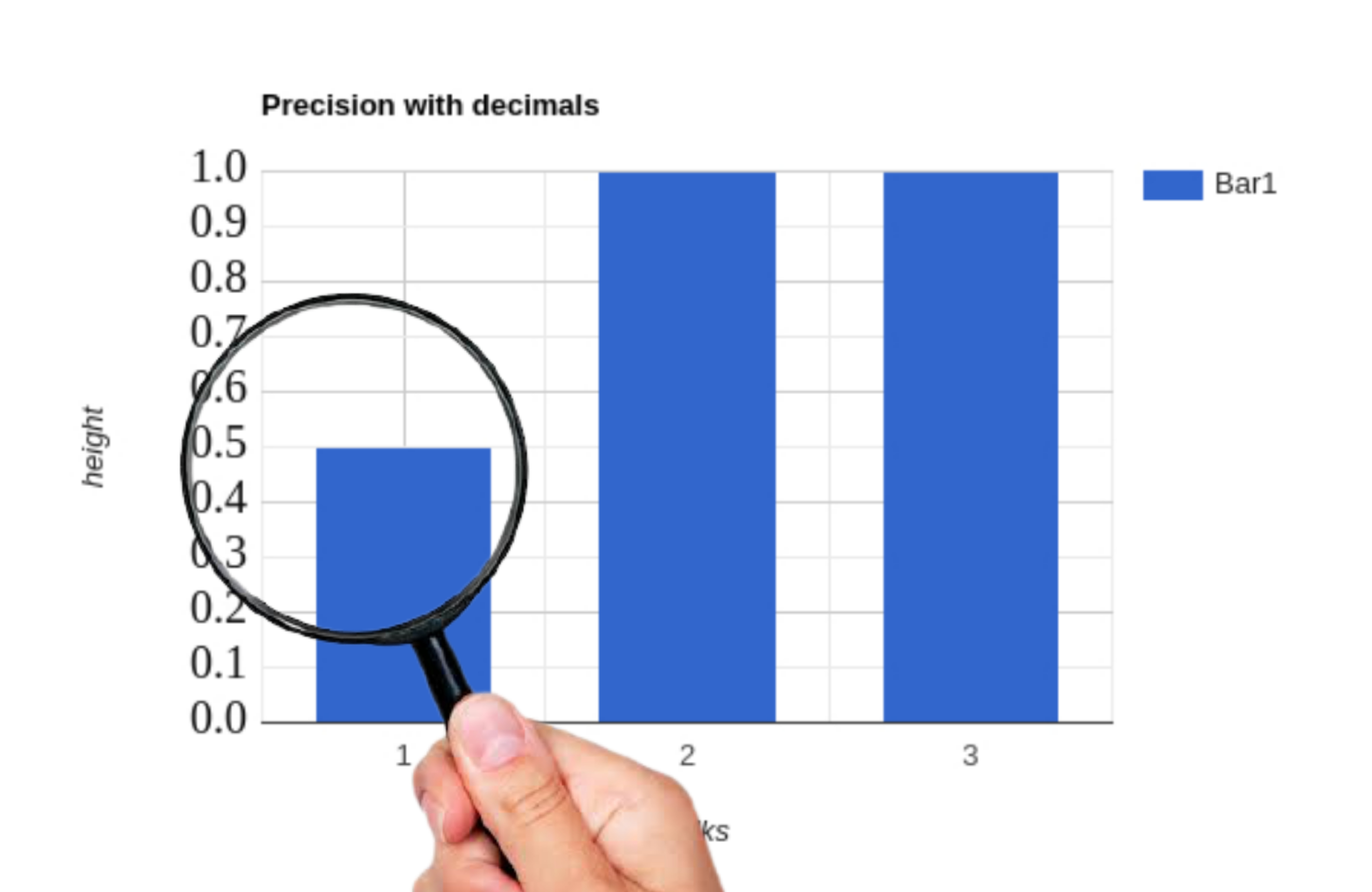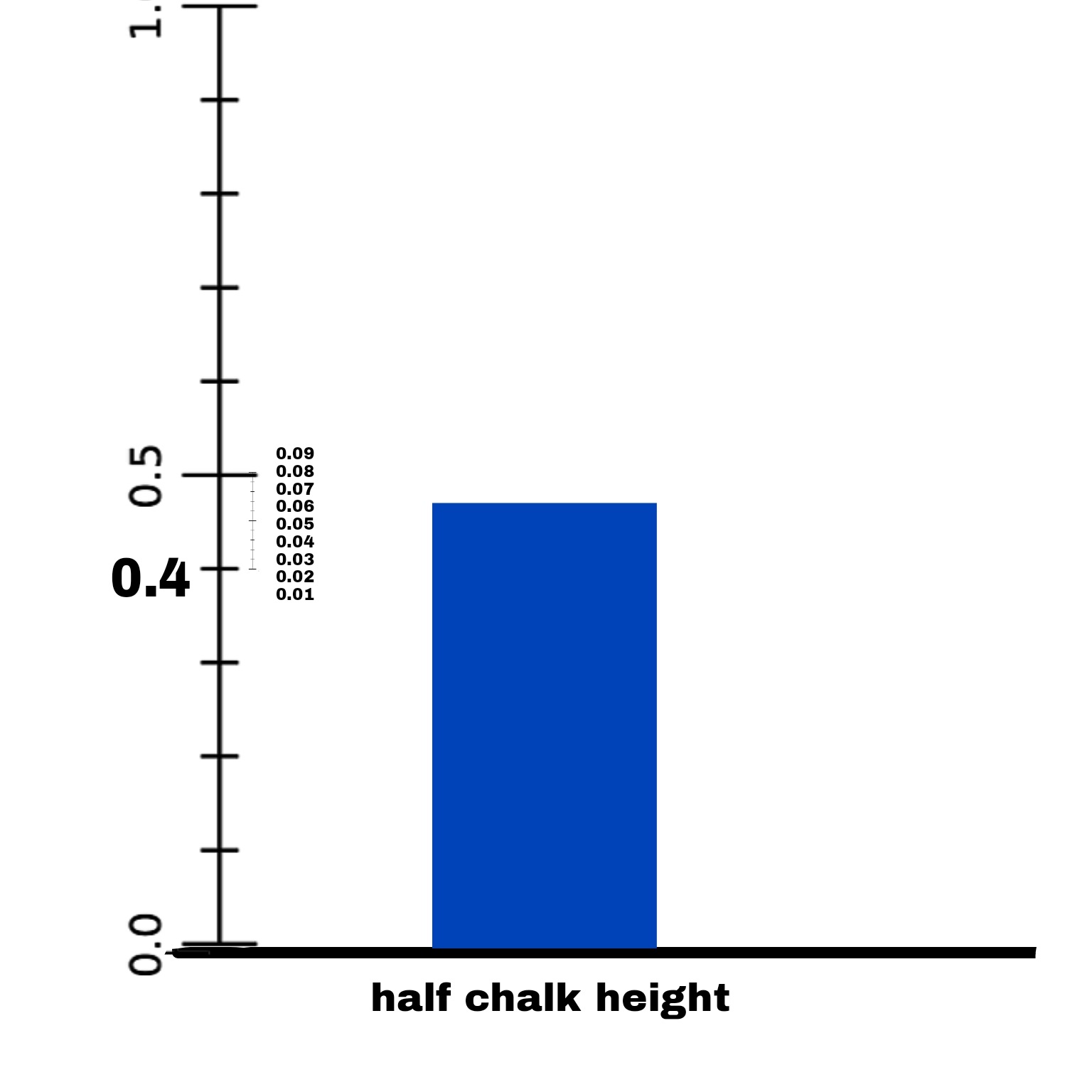DDecimals are nothing but fractions with base power of tenths n/10, n/100, etc where n could be any number.

So if I ask you to count the total number of chalks in this above picture, your answer will be:
2 and a half chalks
In terms of fraction:
2 and ½
2 + ½

In terms of Decimals:
2 + ½
2 + 5⁄10
And in Decimals any number n/10, n/100, n/1000 etc are written as .n, .0n, .00n respectively, where n is number and in our case n=5 like n/10 so 5/10 will be .5
2 + .5
Just like we used - for negative numbers
and / for fraction similarly
. for Decimals
2.5
Learn more about decimal operartions over here.

Advantage over fractions
1. Unlimited precision

Level 1

Decimals give precision to n level, above we went from one level to two levels.
In the above example, if we look carefully, the half chalk looked like 0.5 but once we see the height of the same chalk on level 2 i.e base 100, we see it was 0.47.
The foremost advantage in using decimals is comparability of two fractions instantly. If you are given fractions say 5367/878 and 8976/1467, you will take a considerable amount of time to decide which one is greater and by what amount. If they are given in decimals, you can compare them immediately and can also find their difference.
Using decimals can also make comparisons easier:
3/5 < 4/7 ? Uh, maybe.
0.6 < 0.57 ? Clearly not!
Imagine of you have a fraction that is 7979/432. The decimal of this fraction is 18.4699 which can be rounded off to 18.47 or 18.5 or even 18. However you cannot do this with fraction, you have to keep all the digits in fraction till the end in order for a calculation to make sense. In short, you can round off decimals, but not fractions
A really nice discussion to checkout
